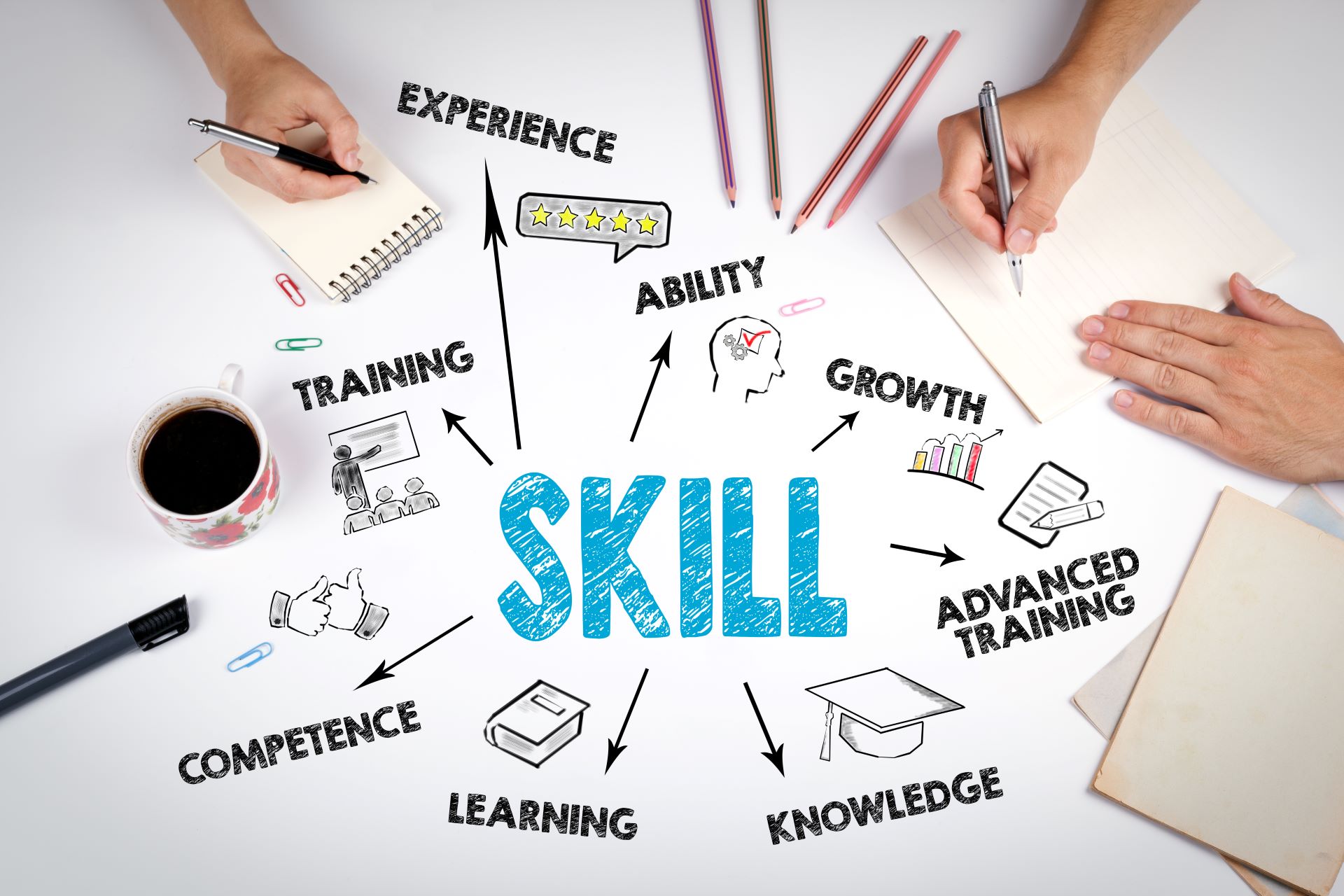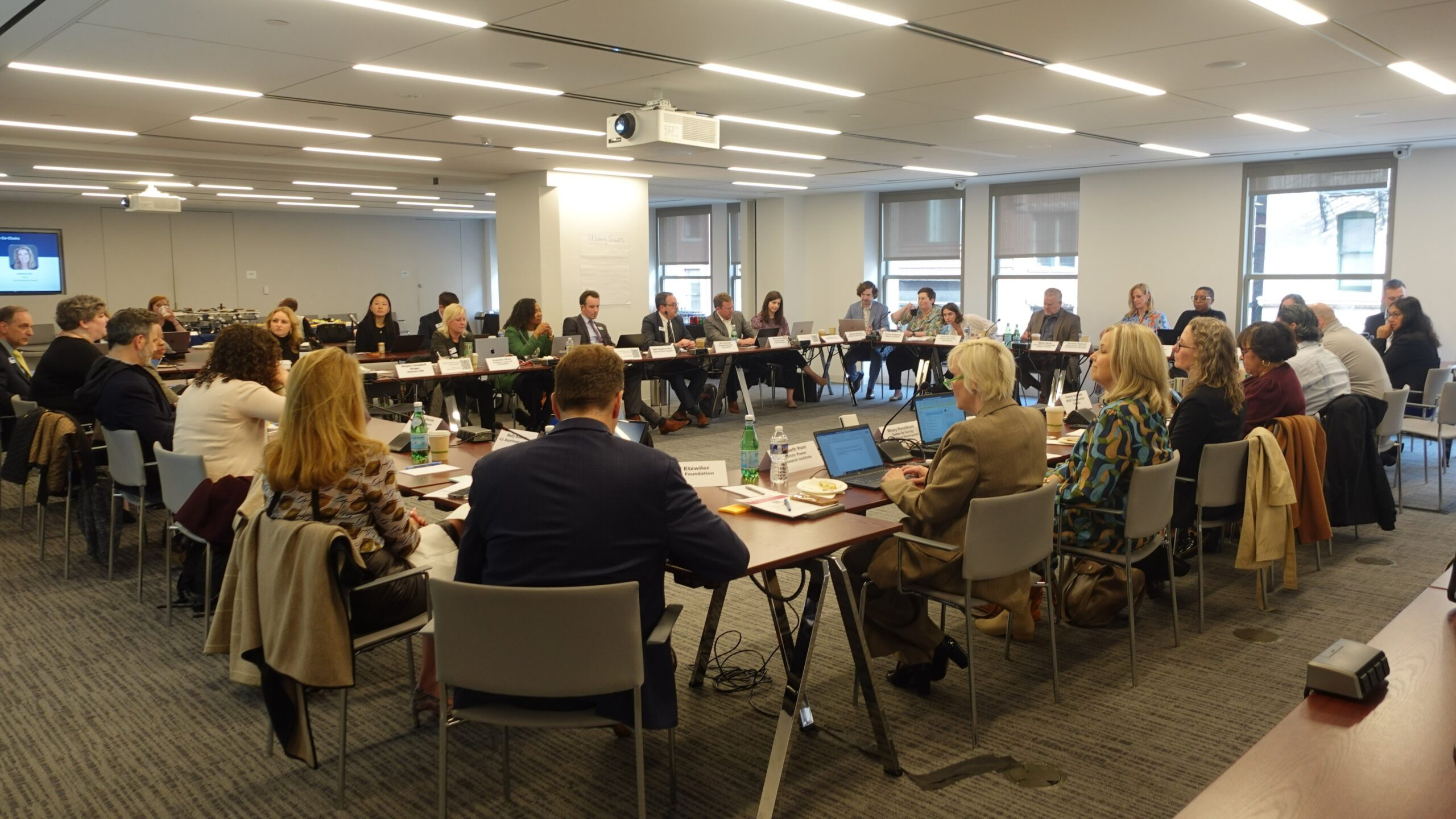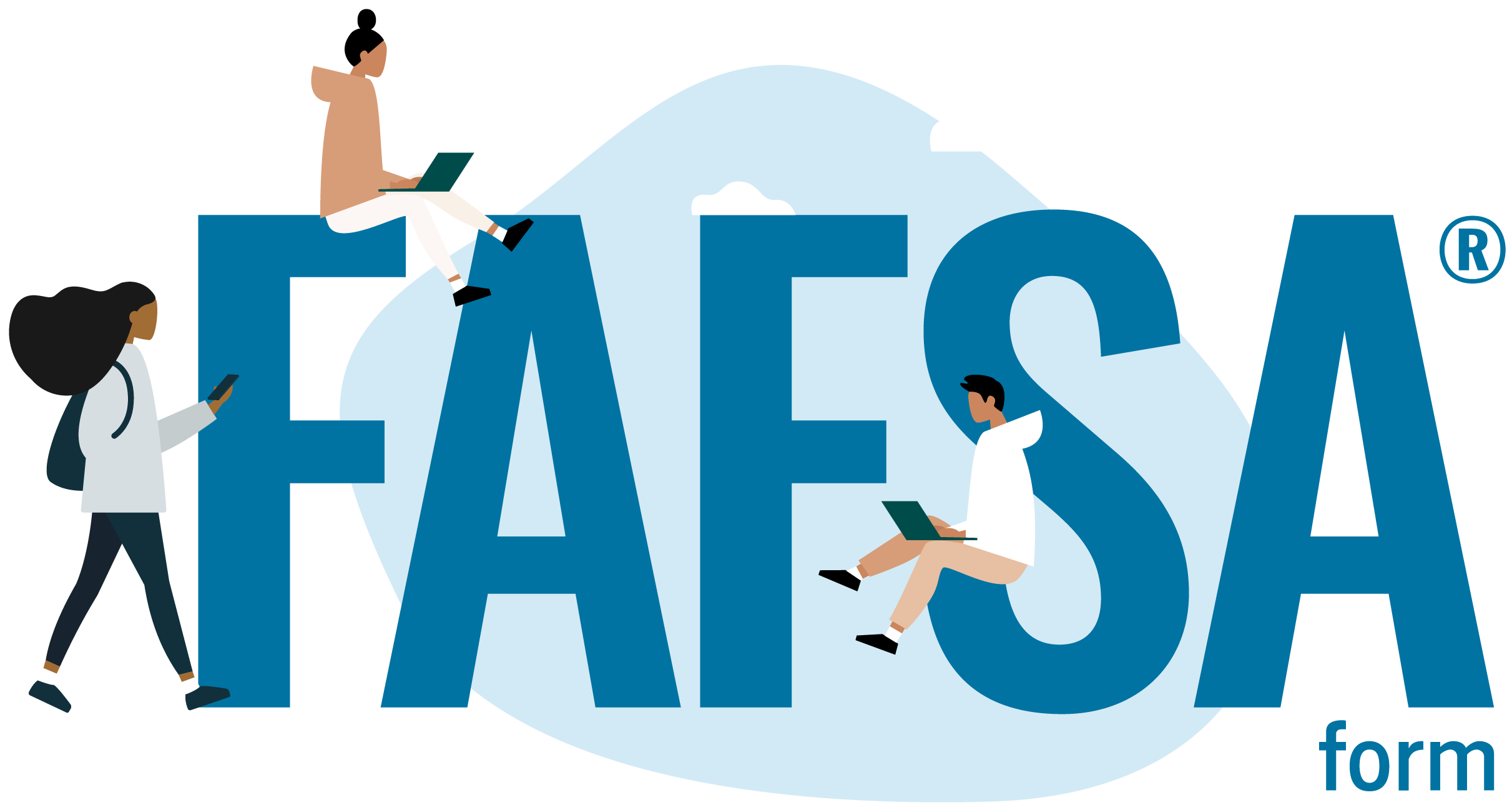Governors and state chiefs are moving quickly to develop plans that include a range of new strategies, targeted interventions and grant programs designed to close achievement gaps and prepare all students in their states for academic success.
One year after the COVID-19 pandemic forced state and school leaders across the nation and around the world to immediately close school buildings, the lasting impact on students is increasingly evident: Months of online learning and limited in-person interaction with educators, coaches and mentors have led to gaps in learning, and unknown emotional impacts on millions of K12 students and educators.
Experiences of this past year have brought deeper understanding and greater clarity on how best to organize schooling and deliver instruction in a way that minimizes health risks and maximizes learning and engagement. An extraordinary influx of federal education funding is providing ample new resources to reopen school buildings safely, create new student supports and help state leaders make both shortand long-term investments to accelerate student learning and well-being. With these factors in mind, governors and state chiefs are moving quickly to develop plans that include a range of new strategies, targeted interventions and grant programs designed to close achievement gaps and prepare all students in their states for academic success.
Council of Chief State School Officers (CCSSO) and National Governors Association (NGA) analyzed emerging state efforts to accelerate student learning this summer and during the 2021-22 school year. We reviewed available state plans, websites, media reports and gubernatorial State of the State addresses for most states. Because each state is at different stages in their planning, in many cases, the documents reviewed were initial drafts, plan outlines (with specifics still being developed) or the first in a series of resources being developed.
This memo provides an overview of notable strategies and trends that were identified through this analysis, and is organized around four major steps, which serve as the framing for this memo. Along with describing the activities states are taking as part of each step, this memo includes a range of state examples and links to related resources. As state approaches continue to evolve and plans are finalized, states are encouraged to share their detailed strategies with CCSSO, NGA and the field.
At this point in planning and implementation, the four major steps states are taking include:
1. Getting organized and understanding what needs to happen. As state leaders begin their planning, they are using a variety of creative ways—despite the pandemic—to seek to communicate proactively and engage key stakeholders about emerging plans. When possible, state leaders are leveraging existing advisory groups or task forces or are creating new advisory committees to provide expertise and input, reflect stakeholder perspectives and support implementation. State leaders also are providing districts with planning frameworks and tools to streamline the process and ensure critical issues are considered.
2. Using summer 2021 to accelerate learning. After the challenges over the past year offering consistent full-time, in-person schooling, state leaders see summer-time as a strong opportunity to offer special programs and supports that can accelerate student learning. They are working with district and community leaders to develop a variety of summer activities designed to boost learning and enable students to reconnect with one another. The range of activities being planned include tutoring programs, learning and enrichment camps, community service and apprenticeships, and more traditional summer schooling. State leaders are moving quickly to formalize these plans and use new federal funds to help underwrite the additional staff, preparation, materials and programming needed.
3. Supporting more students to be successful learners. State leaders are working to ensure students have access to targeted help for both their academic needs and overall well-being. Over the past months of the pandemic, states have strengthened their multi-tiered systems of support and they are now examining potential partnerships to address specific academic needs, including efforts to provide more learning time during or after school. State leaders see that new federal funding can play an important role in these plans too and they are considering how to use these resources to scale existing successful programs, launch new grant opportunities or jumpstart new efforts.
4. Tackling other challenges: Future considerations. As described above, state leaders are moving quickly to craft plans that begin to address immediate academic and non-academic student needs over the coming months. At the same time, they recognize many other thorny issues still need to be addressed, as they roll out implementation details and work to address the pandemic’s many harms to students, family members and educators. Based on our review, important issues for state leaders to continue working on moving forward include (1) how to use one-time federal funds (at both state and local levels) smartly and strategically, (2) how best to target resources and programs for the students who need them most, (3) finding creative and effective ways to support educators as they are asked to continue to do more, (4) aligning state policymakers and agencies on a common plan, and (5) take stock of lessons from the pandemic—what worked and what hasn’t—to re-evaluate long-standing structures and approaches in the K12 system.












